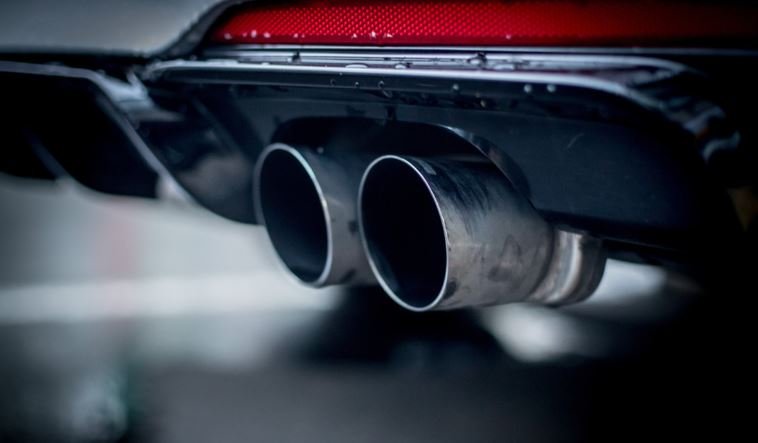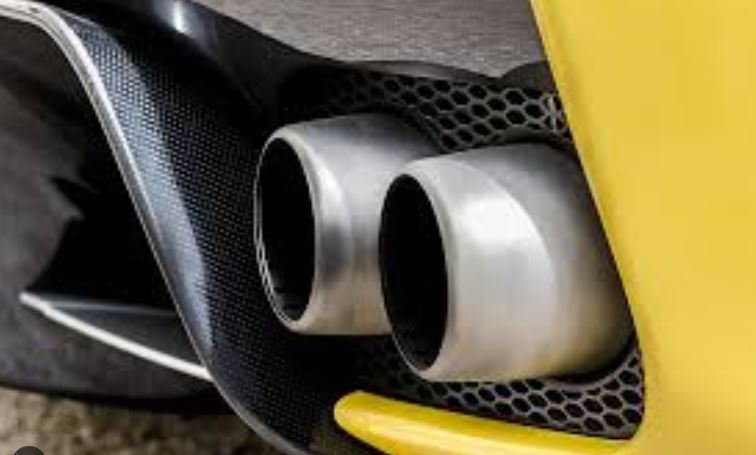The car catalytic converter plays a vital role in reducing vehicle emissions and ensuring compliance with environmental regulations. It is a key component in a vehicle’s exhaust system, designed to convert harmful pollutants into less harmful substances. Understanding its function helps maintain vehicle performance and contribute to a cleaner environment. This guide explores the catalytic converter’s role, how it works, and why it’s important.

1. What Is a Catalytic Converter?
A catalytic converter is an essential part of a vehicle’s exhaust system. It uses chemical reactions to transform toxic gases produced during combustion into less harmful emissions. Positioned between the engine and the muffler, it helps ensure that the exhaust gases exiting the vehicle meet environmental standards.
2. How the Catalytic Converter Works
The catalytic converter operates through a process called catalysis. Inside the converter, there are two primary types of catalysts: platinum and palladium. These materials facilitate chemical reactions that convert:
- Carbon Monoxide (CO) into Carbon Dioxide (CO2).
- Hydrocarbons (HC) into Carbon Dioxide (CO2) and Water (H2O).
- Nitrogen Oxides (NOx) into Nitrogen (N2) and Oxygen (O2).
These reactions help reduce the overall toxicity of the exhaust gases released into the atmosphere.
3. Types of Catalytic Converters
- Two-Way Catalytic Converters: These converters reduce carbon monoxide and hydrocarbons. They are commonly used in older vehicles with carburetor engines.
- Three-Way Catalytic Converters: These converters address carbon monoxide, hydrocarbons, and nitrogen oxides. They are standard in modern vehicles equipped with electronic fuel injection.
- Diesel Catalytic Converters: Designed specifically for diesel engines, these converters handle the unique emissions produced by diesel combustion, including particulate matter and nitrogen oxides.
4. Benefits of a Catalytic Converter
A properly functioning catalytic converter offers several advantages:
- Reduced Emissions: By converting harmful gases into less harmful substances, the catalytic converter helps lower the environmental impact of vehicle emissions.
- Improved Air Quality: Reducing pollutants contributes to better air quality and supports public health.
- Compliance with Regulations: Vehicles equipped with catalytic converters meet stringent emission standards set by regulatory agencies, avoiding fines and legal issues.
5. Signs of a Failing Catalytic Converter
Several symptoms may indicate a failing catalytic converter:
- Reduced Engine Performance: A clogged or malfunctioning converter can cause decreased power and acceleration.
- Poor Fuel Economy: If the catalytic converter is not functioning correctly, the engine may consume more fuel than usual.
- Check Engine Light: The vehicle’s onboard diagnostic system may trigger the check engine light if there are issues with the catalytic converter.
6. Maintaining Your Catalytic Converter
Proper maintenance of the catalytic converter involves:
- Regular Inspections: Have the catalytic converter checked during routine vehicle maintenance to identify any potential issues.
- Addressing Engine Problems: Fixing engine issues such as misfires or fuel leaks promptly can prevent damage to the catalytic converter.
- Using Quality Fuel: High-quality fuel helps maintain the converter’s efficiency and extends its lifespan.
7. Replacing a Catalytic Converter
If the catalytic converter fails or becomes damaged, it will need to be replaced. Ensure that you use a high-quality replacement that meets your vehicle’s specifications. Proper installation is crucial for maintaining optimal performance and emissions control.
8. Impact of Aftermarket Catalytic Converters
Aftermarket catalytic converters are available for various vehicles. When choosing an aftermarket converter, consider:
- Compliance with Regulations: Ensure the converter meets local emission standards to avoid legal issues.
- Quality and Compatibility: Select a high-quality, compatible converter to ensure reliable performance and durability.
9. Catalytic Converter Recycling
Catalytic converters contain precious metals such as platinum, palladium, and rhodium. Recycling old converters helps recover these metals and supports environmental sustainability. If you need to replace your catalytic converter, consider recycling the old one through a certified program.
10. Professional Assistance
For issues with the catalytic converter, seek professional assistance. Experienced mechanics can diagnose problems, perform repairs, and ensure that your vehicle meets emission standards. Professional help ensures that your catalytic converter functions correctly and contributes to a cleaner environment.
Conclusion
The catalytic converter plays a crucial role in reducing vehicle emissions and enhancing air quality. Understanding its function, recognizing signs of failure, and performing regular maintenance are essential for optimal performance and environmental compliance. By ensuring that your catalytic converter is in good condition, you contribute to a cleaner environment and support your vehicle’s efficiency.




